Good day, folks! Shawn here from Air Photography. Since the DJI Pocket 3 was released last month, I’ve had quite a few questions about it. Many people are wondering whether they should go with something like the DJI Action 4 or the Pocket 3.
They know they want to stick with DJI, but they’re not quite sure which camera to pick up. So, I’m working on a video going over all the different aspects of which camera would be best suited for what type of user.
Even though they’re both great cameras, they both excel in different areas. Included in that video, I wanted to do some low-light comparisons.
DJI Osmo Pocket 3 vs. Osmo Action 4 Low Light Comparison
One of the biggest things that separates these two cameras is their low-light capabilities. There are a few other things, obviously, but the low-light capabilities of the DJI Pocket 3 are absolutely incredible.
I thought I would just make a separate video, a quick one, doing a low-light comparison because I have had quite a few questions about that as well.
The biggest difference between these two cameras, when it comes to low light, is that the Action 4 uses electronic image stabilization, whereas the Pocket 3 here uses a mechanical gimbal.
That can make all the difference when the lighting conditions are not great. For electronic image stabilization to work well, you need a lot of light.
The camera has to have a fairly fast shutter speed. When the shutter speed gets really low, the stabilization can start to suffer.
On top of that, the Pocket 3 also has a 1-inch sensor, which is also going to really help in those low-light scenarios.
Let’s take a look at a side-by-side here. On the left-hand side is the Osmo Action 4, and on the right-hand side here is the Pocket 3. Right away, you can just see how much better the quality is of the Pocket 3.

Not only the clarity, the colors, the brightness, but really, the most important thing is the stabilization. Although the Osmo Action does not do too bad of a job if there’s not a lot of movement, the Pocket 3 just has much better stabilization because of that mechanical gimbal.
Action cameras, in general, have never performed well in low-light scenarios.
Now, low-light capability is not just necessarily important for filming at night, as a lot of us don’t film when it’s pitch-black out.
But that can be important in other scenarios as well, such as filming in dark interiors, perhaps you’re under a tree canopy on an overcast day, there’s not a lot of light reaching the camera, or perhaps you’re filming a lot at sunset or sunrise or twilight—anytime that the lighting conditions are not ideal.
That mechanical gimbal and that 1-inch sensor are really going to make the footage look good. I’ll just let the video finish playing so you can check it out.
As you can see, the Pocket 3 does a much better job in those low-light scenarios. Now, I’m going to play a little clip back here, but this time I’m going to crop in a little bit, or I’m going to crop the ends off, and that way, you can get a larger resolution view of the two side by side. It’ll help you determine how much noise is in each one.
So, there you go, folks, there is a side-by-side low-light comparison of the Action 4 and the Pocket 3. As mentioned, if you’re on the fence, thinking about picking up one of these cameras, but you’re not quite sure which one is right for you, stay tuned to my channel, as I’ll be uploading my full comparison coming up shortly.
Well, folks, hopefully, you enjoyed this video and got some value out of it. Give it a thumbs up if you did; it’s always greatly appreciated.
Thanks a lot for watching, and we’ll see you in the next one.
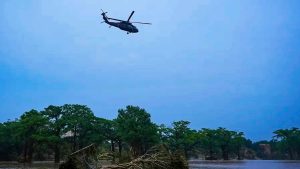
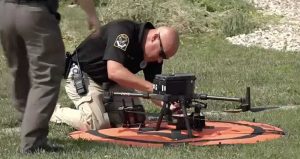


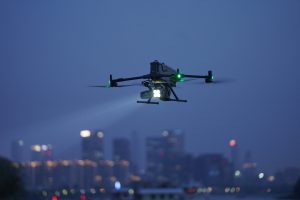
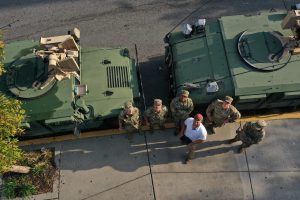
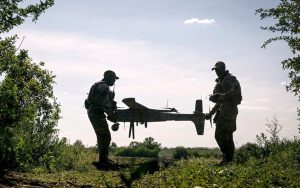
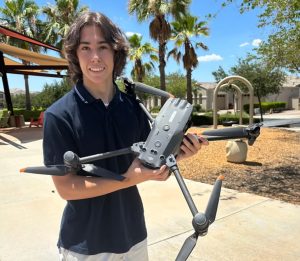




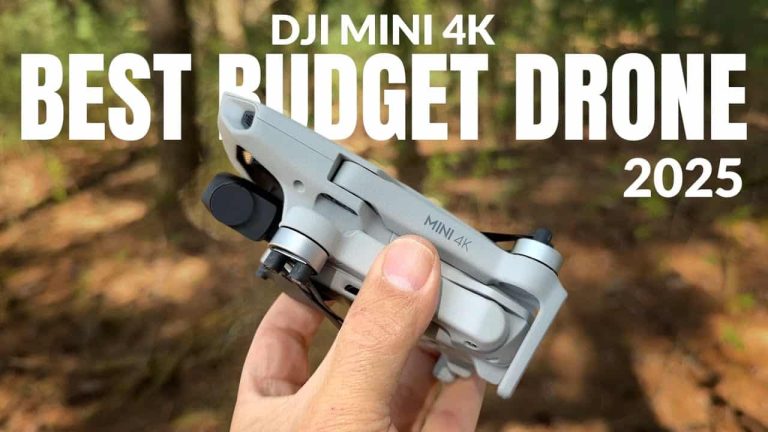


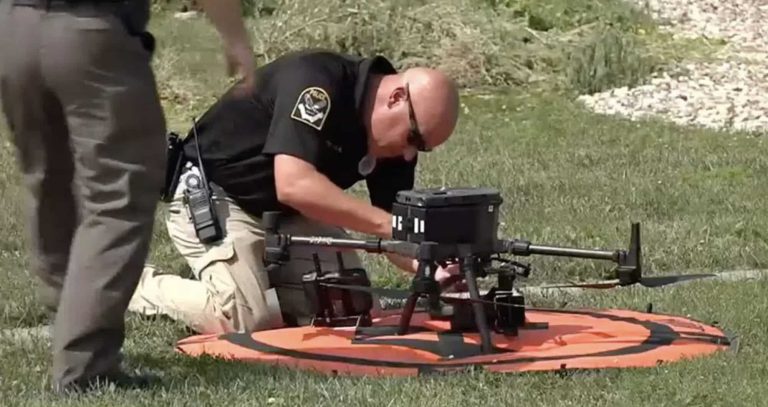


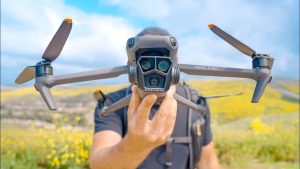
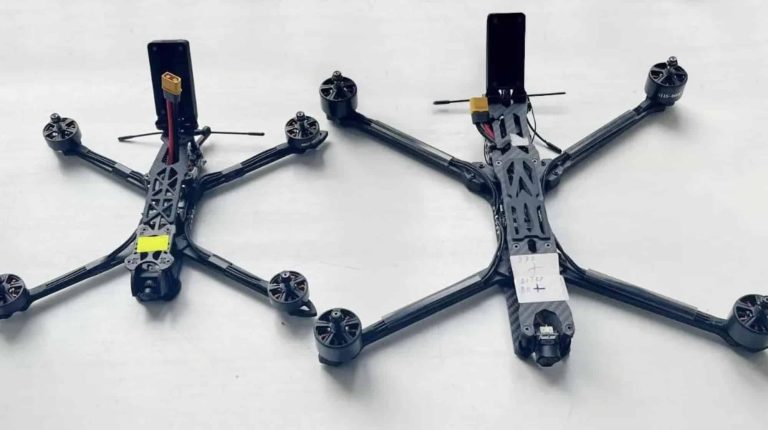
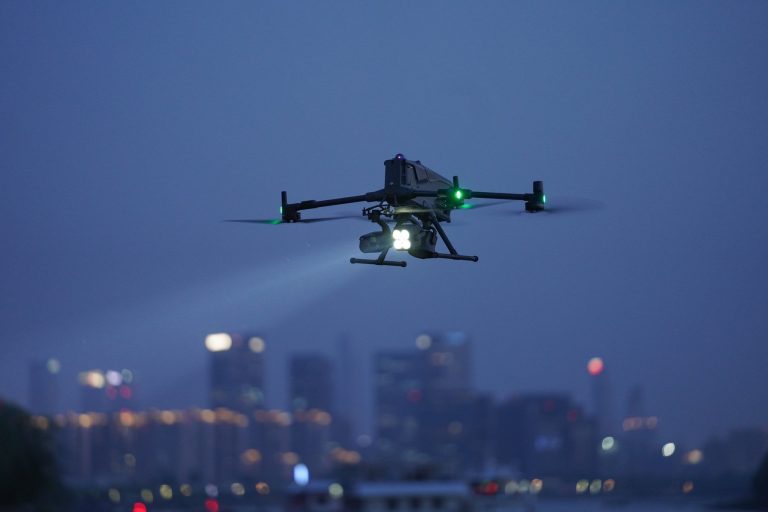
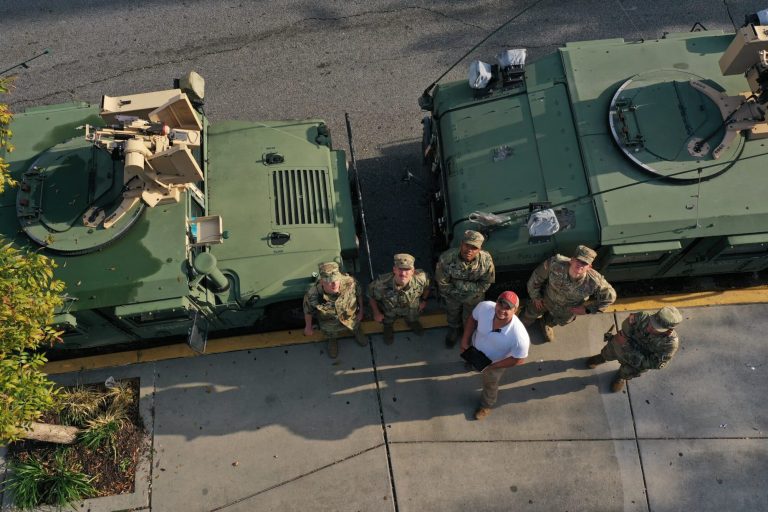
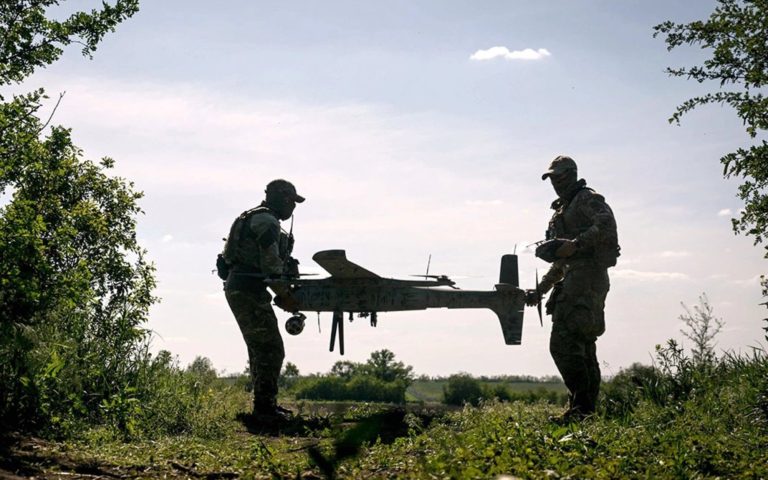
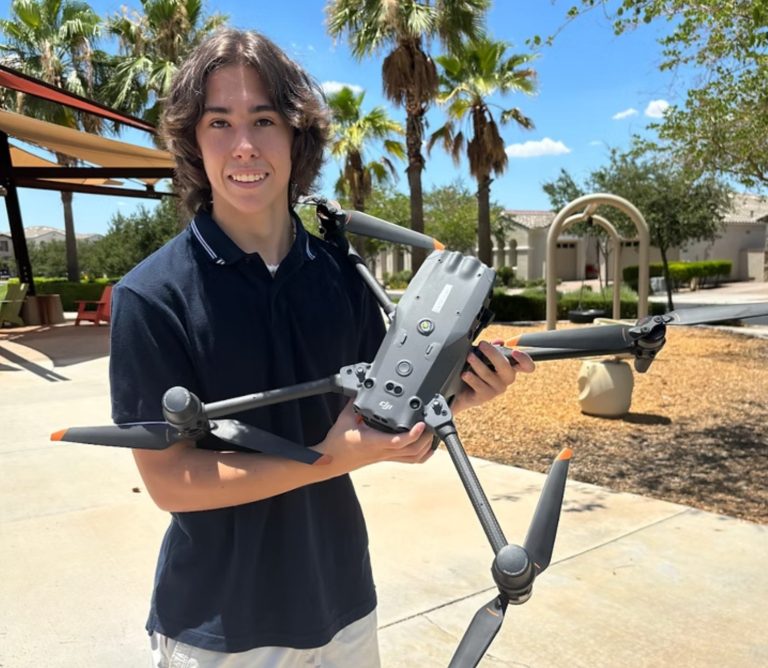
+ There are no comments
Add yours